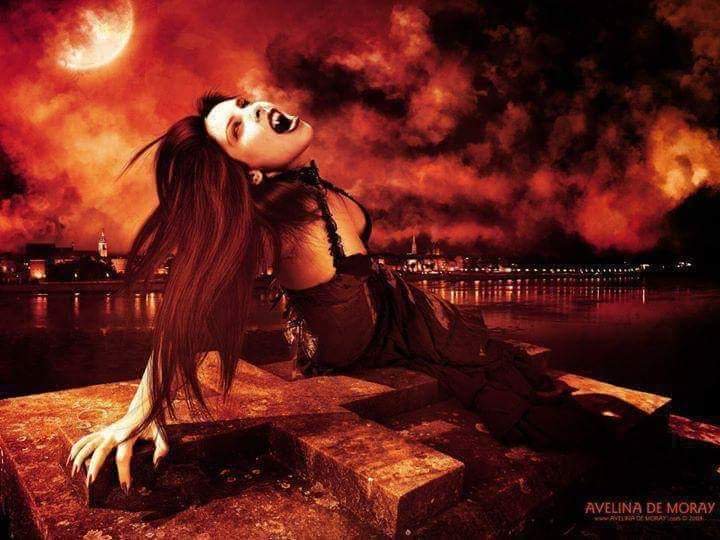vampires
These are some short vampire videos that I thought you might like.
One of the greatest vampires of all time has to be Vampirella and you can find her here lying in wait for her next victim.
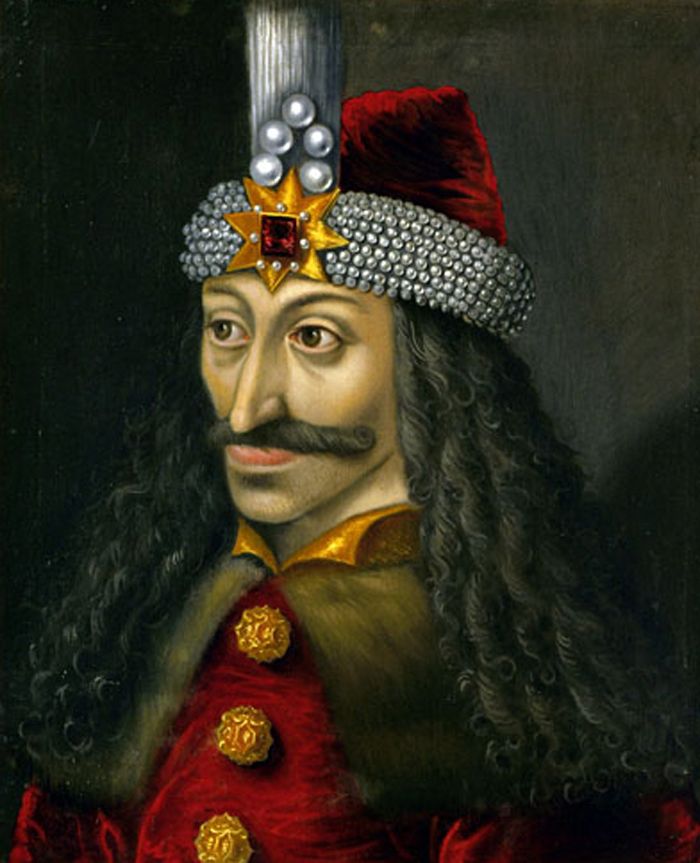
Few names have cast more terror into the human heart than Dracula. The legendary vampire, created by author Bram Stoker in his 1897 novel of the same name, has inspired countless horror movies, television shows and other bloodcurdling tales of vampires.
Though Dracula is a purely fictional creation, Stoker named his infamous character after a real person who happened to have a taste for blood: Vlad III, Prince of Wallachia or — as he is better known — Vlad the Impaler. The morbid nickname is a testament to the Wallachian prince’s favorite way of dispensing with his enemies.
But other than having the same name, the two Draculas don’t really have much in common, according to historians who have studied the link between Stoker’s vampire count and Vlad III.
The real Dracula
By most accounts, Vlad III was born in 1431 in what is now Transylvania, the central region of modern-day Romania. However, the link between Vlad the Impaler and Transylvania is tenuous, according to Florin Curta, a professor of medieval history and archaeology at the University of Florida.
“[Stoker’s] Dracula is linked to Transylvania, but the real, historic Dracula — Vlad III — never owned anything in Transylvania,” Curta told Live Science. Bran Castle, a modern-day tourist attraction in Transylvania that is often referred to as Dracula’s castle, was never the residence of the Wallachian prince, he added.
“Because the castle is in the mountains in this foggy area and it looks spooky, it’s what one would expect of Dracula’s castle,” Curta said. “But he [Vlad III] never lived there. He never even stepped foot there.”
Non-believers
From this report onward there are many cases until those that didn’t want to believe dismissed it as a tale from folklore. Many of those that dismiss these facts then will relate a tale about some man fathered by an all powerful god making love to a virgin woman and impregnating her and she giving birth to a man that was executed and after three days arose from the grave, descended into hell and then ascended into heaven.
Otto the Great is crowned king in Germany in 936AD and is responsible for Germany’s strength through the latter part of the eleventh century. In this time the suffix AD was never used and time was told by saying in the 5th or 6th year of whoever the king was at the time.
It was that Illanna Ruffolocor in the 3rd year of Otto the great was heading back to her modest home from working in the fields. She never made it back and she was found close to death the next day. She languished growing weaker and weaker every day until she finally died 4 days after falling ill. The priest would not see her and many of the women said she died of an evil affliction without saying what the affliction was.
Many tried to have her father burn her body and decapitate the head before burial. He like most of the village had been converted to Catholicism and would not hear of it, so many from the village headed out the next day to do it for him. When they got to his wooden shack they found him and the rest of the family dead. The grave was freshly dug but no Illanna. The scene inside the shack was said to be ran shackled but there was no visible marks on the bodies except for puncture marks on the throats and there was very little signs of blood.
After this the village only survived for about 3 weeks and then most of the people were dead. It was said that the village had contracted the plague and it was that which had killed all of the people.
This is obviously what is considered to be the first case of a vampire.
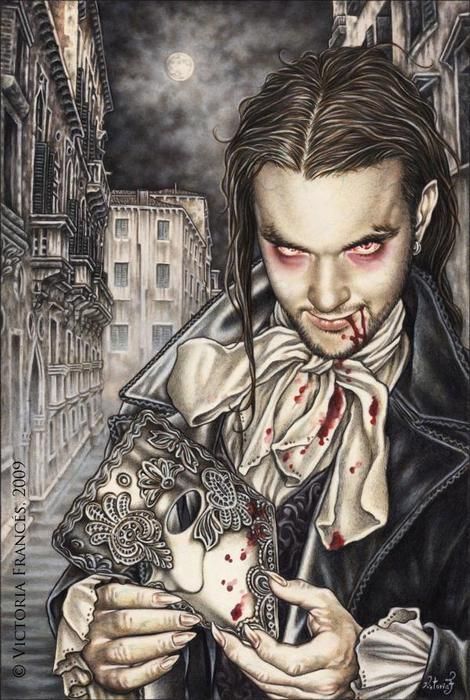
Many say that Satan unable to possess human form was able to possess a contagion and have it do what he wanted to do. This seems entirely plausible since it takes a lot of energy to possess a fully formed being and not a mindless disease. Smallpox would have been a likely candidate for possession.
It was rampant at the time and was easily transmitted from person to person and was extremely deadly. Now with her blood infected she could infect others. It is to be noted that when the priest of the parish was called back to the village most of the bodies had been carried away by wild beasts.
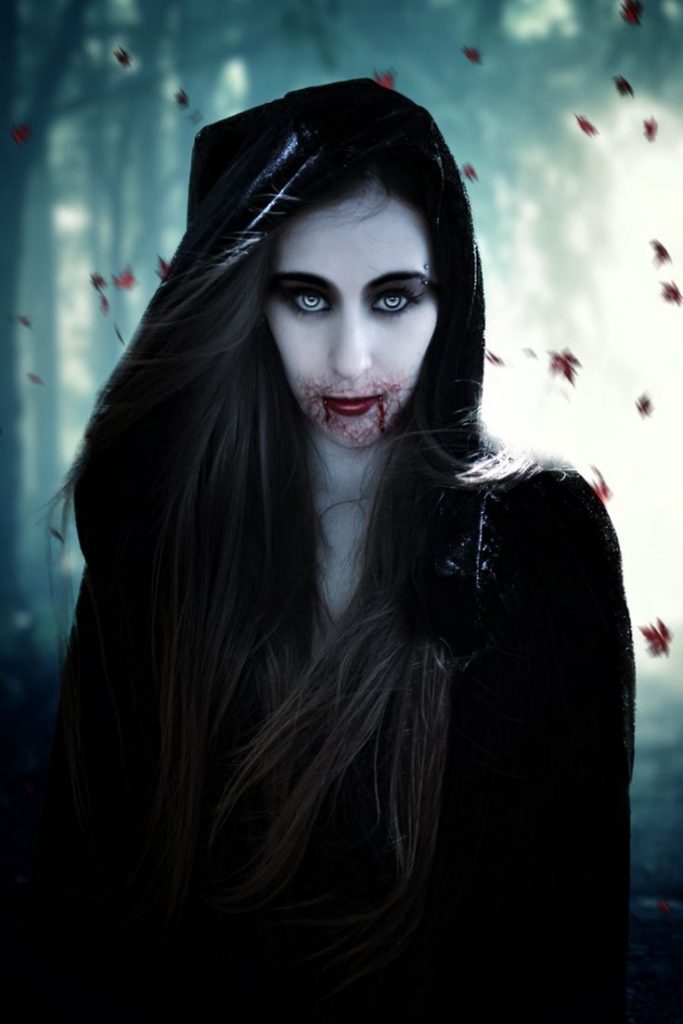
Protection
Apotropaics—items able to ward off revenants—are common in vampire folklore. Garlic is a common example, a branch of wild rose and hawthorn are said to harm vampires, and in Europe, sprinkling mustard seeds on the roof of a house was said to keep them away. Other apotropaics include sacred items, for example a crucifix, rosary, or holy water. Vampires are said to be unable to walk on consecrated ground, such as that of churches or temples, or cross running water.
Although not traditionally regarded as an apotropaic, mirrors have been used to ward off vampires when placed, facing outwards, on a door (in some cultures, vampires do not have a reflection and sometimes do not cast a shadow, perhaps as a manifestation of the vampire’s lack of a soul). This attribute is not universal (the Greek vrykolakas/tympanios was capable of both reflection and shadow), but was used by Bram Stoker in Dracula and has remained popular with subsequent authors and filmmakers.
Some traditions also hold that a vampire cannot enter a house unless invited by the owner; after the first invitation they can come and go as they please. Though folkloric vampires were believed to be more active at night, they were not generally considered vulnerable to sunlight.

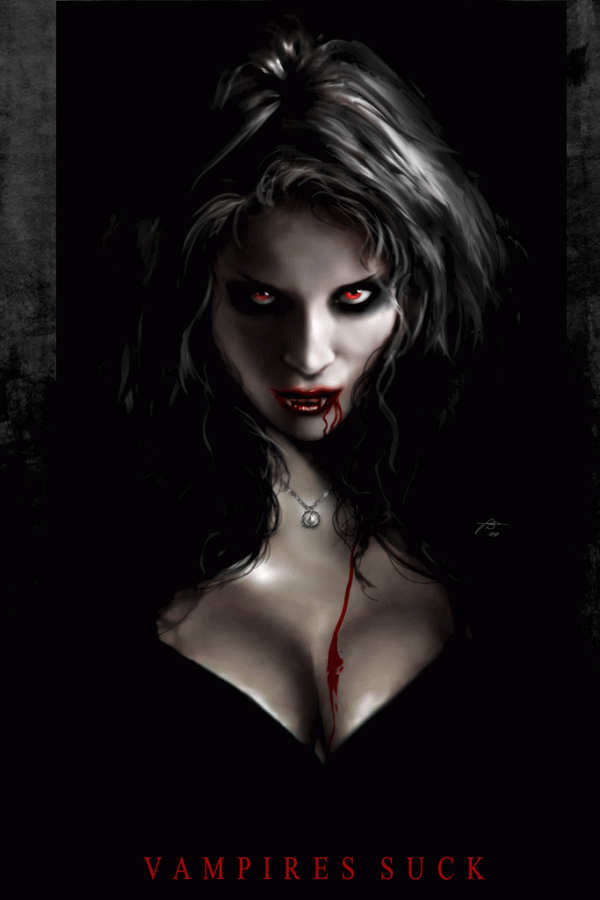
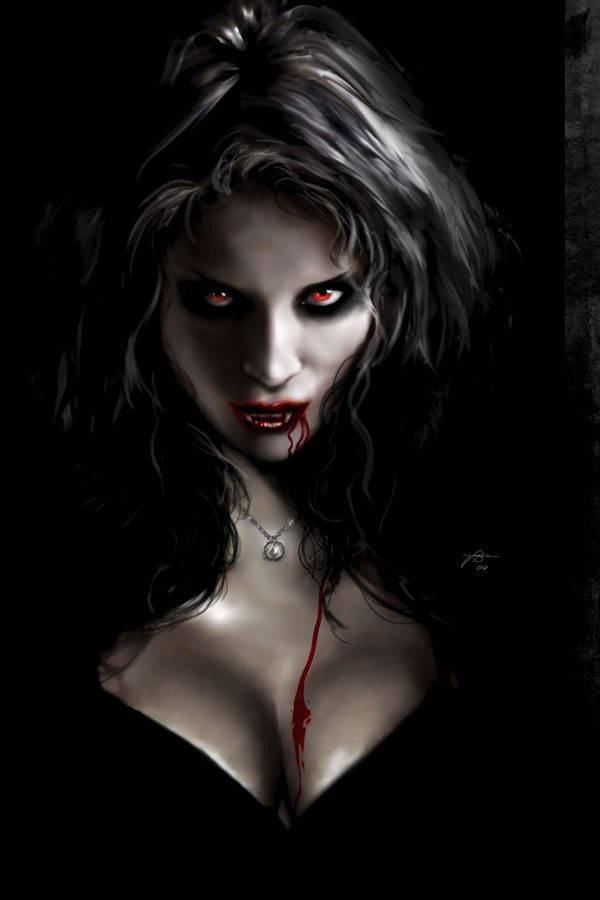




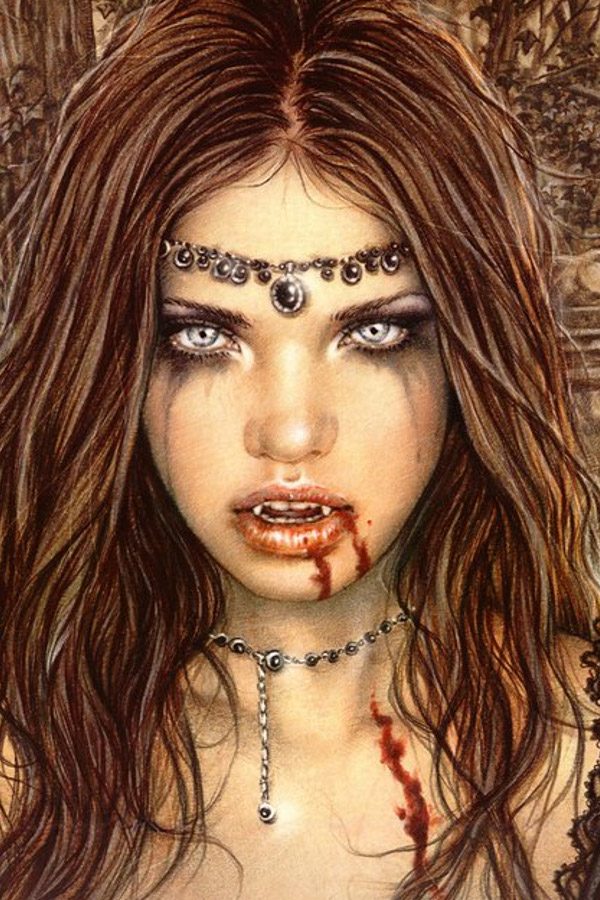















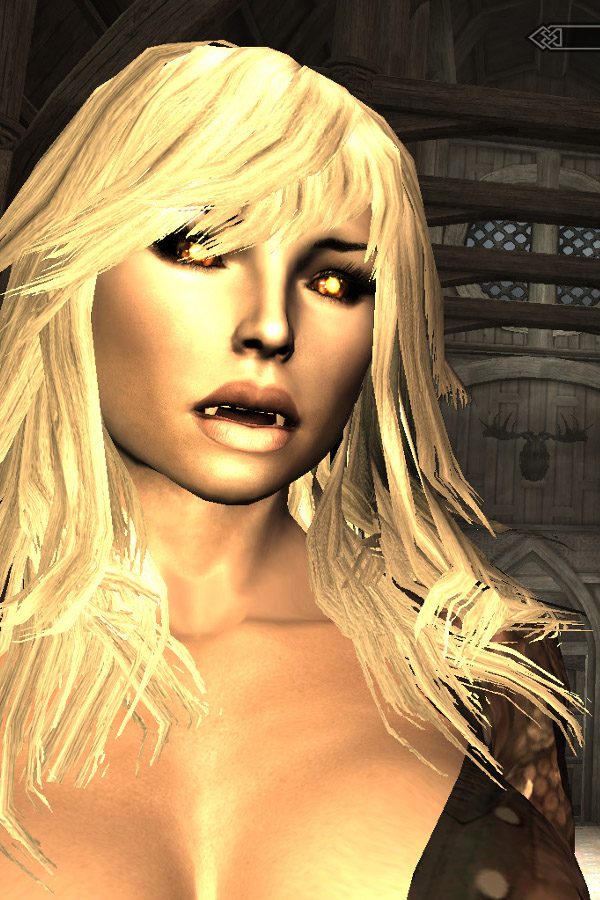
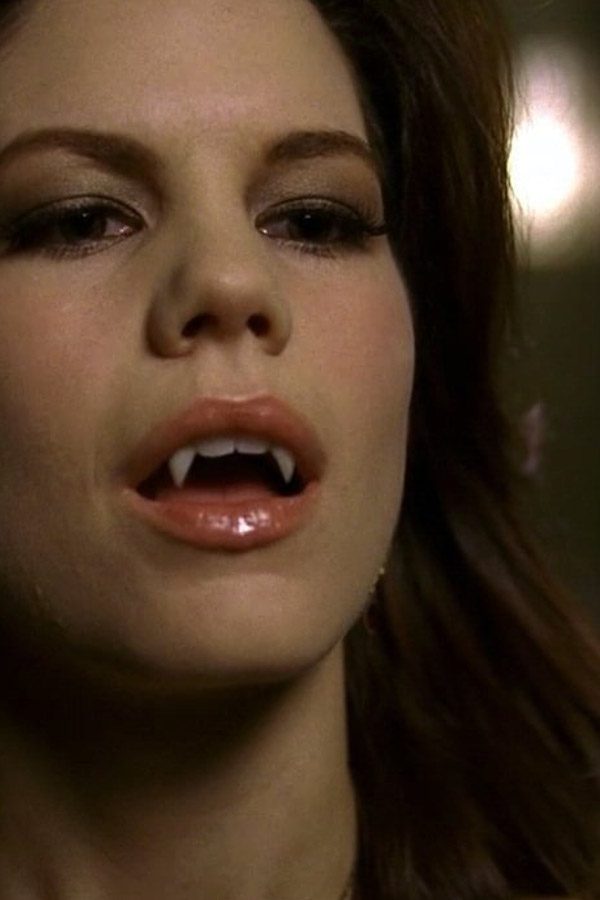





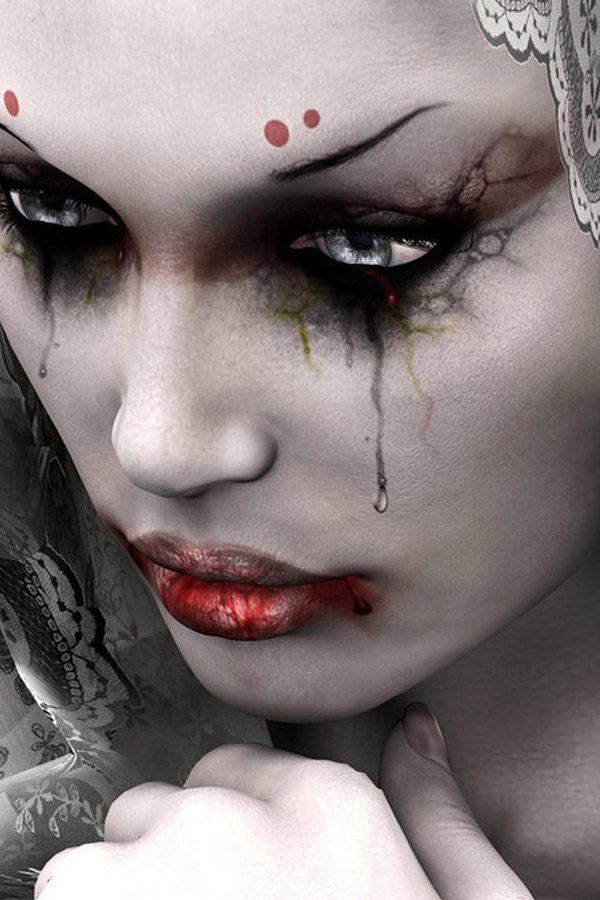




How about some music while you look at the vampires?
